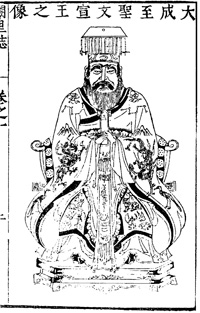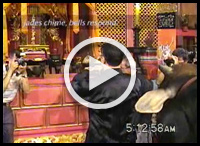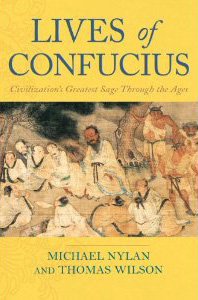

This site is devoted to the Autumnal Sacrifice to Confucius, focusing on providing a video walk-through of the ceremony, as filmed by Brooks Jessup and Thomas A. Wilson in 1998 in Tainan, Taiwan. Each video is accompanied by a brief description of what is happening, as well as some of the historical background and importance. All videos are subtitled in English and a transcript of the translated hymns accompanies the appropriate videos.
Confucianism, also known in China as "School of the Learned" or Rujia 儒家, is a tradition that can be traced back to a class of educated elite during the Zhou dynasty (1134 - 250 B.C.E.). Of this educated elite, the most prominent figure was Kong Qiu, better known as Master Kong (Kongzi å”å�) or his rmanized name Confucius. Kongzi's teachings gained popularity in the Han dynasty (206 B.C.E. - 220 A.D.) when Confucianism gained favor of some officials at court, though there is little evidence to support the claim that the Han throne extended exclusive favor to Confucianism.
At the heart of Confucianism is the practice of ritual, particularly through sacrifice. With the belief that individuals are composed of two parts, a physical hun and an incorporeal po, Confucians believed that after death, the hun sank into the ground while the po rose up and joined the spirit world. To earn the spirits' favor, as well as pay their own respect, Confucians performed sacrificial rites to offer the spirits sustenance.
In the Confucian tradition, there are three levels of sacrificial ritual: Great Sacrifice offered by the emperor, Middle Sacrifice offered by court officials, and Minor Sacrifice offered by local officials. Sacrifices to Confucius were ranked as at the Middle level and held twice a year; once in the autumn and once in the spring.
With this website, we hope to serve as a guide through the actions, historical context, and significance of the Autumnal Sacrifice to Confucius, as well as a portal for new information.


